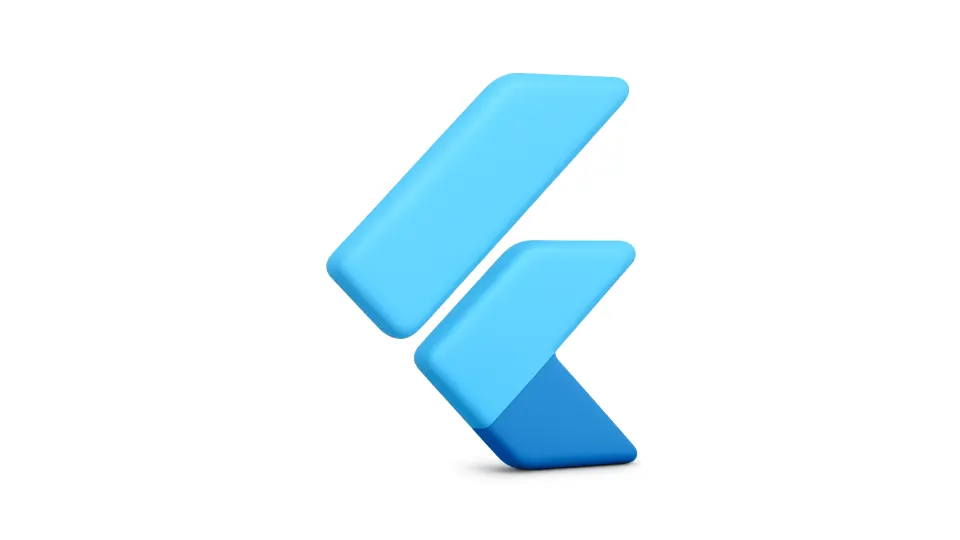Flutter apps are powered by Dart, a modern, object-oriented language developed by Google. If you’re coming from JavaScript, Python, or Java, you’ll find Dart easy to learn. In this chapter, we’ll explore the essentials that every Flutter developer needs to know.

1. Dart Basics: Syntax Crash Course
Dart’s syntax feels familiar if you’ve worked with JavaScript or Java. Here are some core examples:
Variables
// Type inference var name = 'Jane'; // Explicit type String role = 'Flutter Dev'; // Final/const: immutable final int age = 28; const double pi = 3.1415;
Functions
int add(int a, int b) {
return a + b;
}
// Arrow syntax (for one-liners)
void greet(String name) => print('Hello, $name!');
Classes & Objects
class User {
String name;
int age;
User(this.name, this.age);
void sayHello() {
print('Hi, I\'m $name and I\'m $age.');
}
}
final user = User('Jane', 28);
user.sayHello();
2. Null Safety
Dart enforces null safety. Variables must be either always non-null, or explicitly marked as nullable:
String? nickname; // Can be null nickname = null; String fullname = 'Jane Doe'; // Cannot be null
3. Async & Await
Dart’s Future is similar to JavaScript Promises. You use async and await to handle asynchronous tasks:
Future<String> fetchData() async {
// Simulate network delay
await Future.delayed(Duration(seconds: 1));
return 'Data loaded';
}
void main() async {
String data = await fetchData();
print(data);
}
4. Collections
Dart includes powerful built-in collection types:
// Lists (arrays)
var items = [1, 2, 3];
// Maps (key-value pairs)
var user = {
'name': 'Jane',
'age': 28,
};
// Sets (unique values)
var tags = {'flutter', 'dart'};
5. Useful Dart Packages
Flutter’s ecosystem thrives on packages. Some essential Dart/Flutter packages include:
http– Make HTTP requests.provider/riverpod– Popular state management solutions.intl– Internationalization and localization.shared_preferences– Local key-value storage.equatable– Value equality for classes.
Install packages by adding them to pubspec.yaml and running flutter pub get.
6. Dart vs JavaScript: Quick Table
| Concept | Dart | JavaScript |
|---|---|---|
| Variable | var x = 1; | let x = 1; |
| Function | void foo() {} | function foo() {} |
| Class | class A {} | class A {} |
| String interpolation | ‘Hi $name’ | `Hi ${name}` |
| Async/await | await future | await promise |
Key Takeaways
- Dart feels like a mix of JavaScript, Java, and Swift—but more consistent.
- Its strong typing and class-based approach reduce errors in Flutter apps.
- Pro Tip: Experiment with Dart in DartPad for instant feedback!
Looking Back: Your Flight So Far
The Dart Language Primer is a bonus stop in our journey, but the real adventure has been the five core chapters of Flight with Flutter. If you want to revisit them, here’s your path so far:
- Chapter 1 – Introduction to Flutter
- Chapter 2 – Widgets and Layouts
- Chapter 3 – State Management
- Chapter 4 – Navigation, Routing, and Animations
- Chapter 5 – Building & Deploying Your First App
Whether you’re revisiting the basics or refining advanced skills, these chapters will keep your Flutter journey steady and strong.



